Saving money, energy, and the environment
Energy conservation is not only a financial obligation, it’s a moral one. Weather Shield takes its role as a good steward of both energy and environmental conservation seriously– for the benefit of their customers and global neighbors.
Earth friendly, budget friendly
From glazing options that maximize energy efficiency and personal comfort, to reducing natural resource consumption through sustainable-growth woods, Weather Shield is working hard to ease their burden on the environment. Their product evolutions include recyclable materials like glass and wood, plus use of low volatile organic compound (VOC) paints and sealants. Building green with Weather Shield saves money too.
ENERGY STAR partnership
ENERGY STAR® is a joint program of the U.S. Environmental Protection Agency and the U.S. Department of Energy helping us all save money and protect the environment through energy-efficient products and practices.
Energy efficient choices can save families about a third on their energy bill with similar savings of greenhouse gas emissions, without sacrificing features, style or comfort. According to ENERGY STAR® ‘s web site, results are already adding up. Americans, with the help of ENERGY STAR®, saved enough energy in 2009 alone to avoid greenhouse gas emissions equivalent to those from 30 million cars– all while saving nearly $17 billion on their utility bills.
As a proud ENERGY STAR® partner, Weather Shield products are rated, certified and labeled for U-Value and Solar Heat Gain by the National Fenestration Rating Council (NFRC). Many of Weather Shield windows not only meet, but exceed ENERGY STAR® standards for energy efficient windows and doors. Using ENERGY STAR® windows can also help you save money through various tax rebates and incentives.



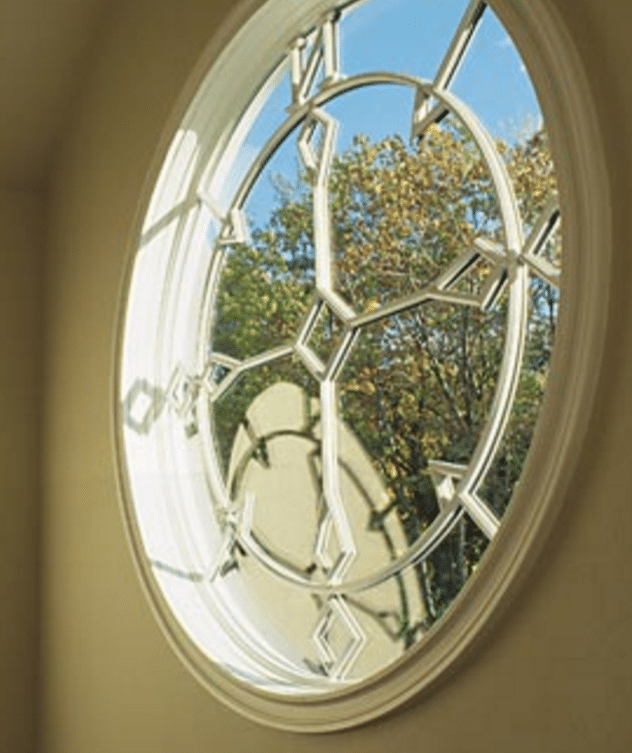
Weather Shield & LEED Certification
LEED® (Leadership in Energy and Environmental Design) is USGBC’s green building rating system that sets a national “benchmark” for high-performance green buildings. Promoting a whole-building approach to sustainability, LEED® recognizes performance in the following areas: energy savings, water efficiency, CO2 emissions reduction, improved indoor environmental quality, and stewardship of resources and sensitivity to their impacts. Weather Shield windows and doors can contribute toward points earned for a project through the Sustainable Sites, Energy and Atmosphere, Materials and Resources, Indoor Environmental Quality and Innovation in Design Process.
Integrity and innovation
Nestled in Wisconsin’s northwoods for more than a half-century, Weather Shield has always coupled its commitment to innovative and performance-driven products with an unwavering dedication to customer service.
As pioneers in the window and door industry, Weather Shield continually listens to the needs of the industry. The result is ongoing research and development of highly innovative, top-performing, and beautifully crafted windows and doors.
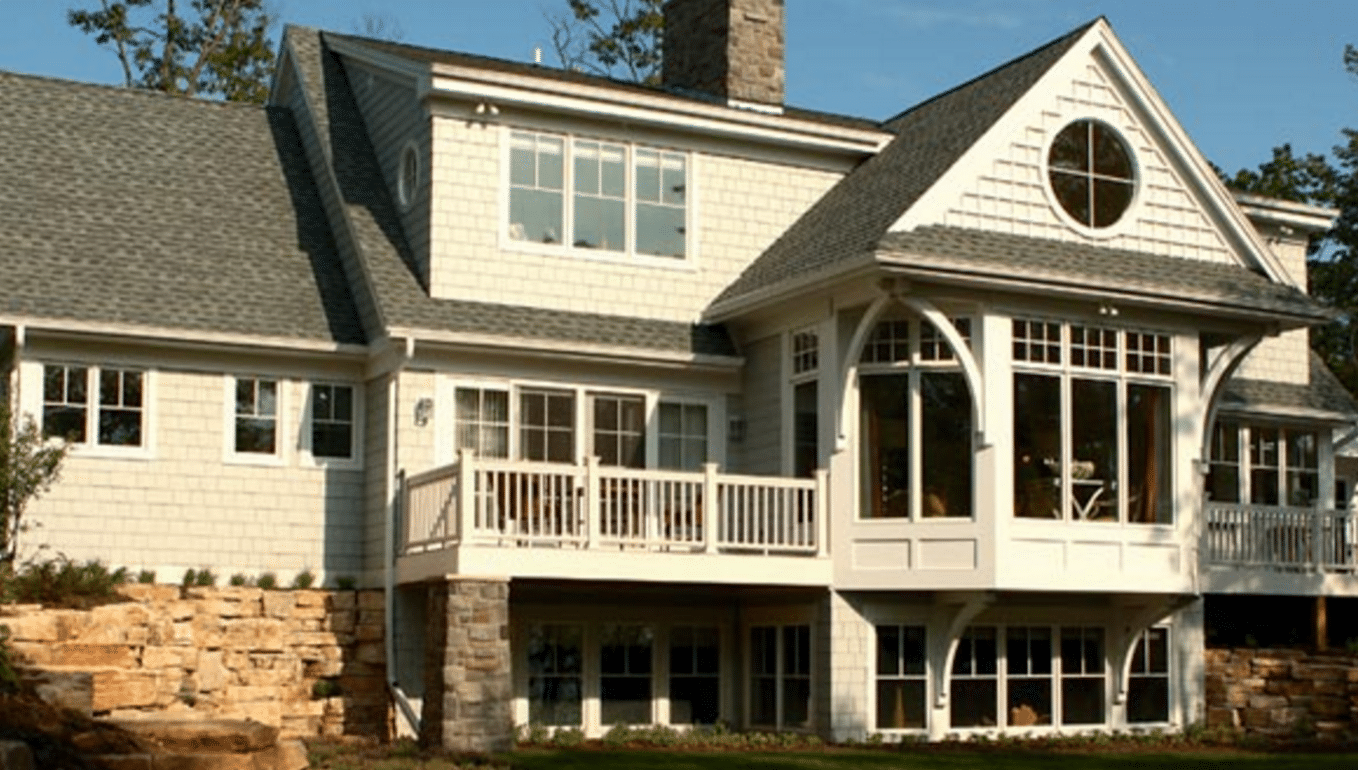
Weather Shield highlights
- Custom crafted windows and doors
- Extensive and highly innovative product offering Premium quality materials
- Design flexibility with countless options available
- Industry leader in energy efficiency and ENERGY STAR® partner
- Zo-e-shield glazing solutions – one of the world’s best energy glasses
- Knowledgeable customer care teams
- Experienced field service support
- Architectural support
- Hurricane and impact product offering
- Environmentally responsible
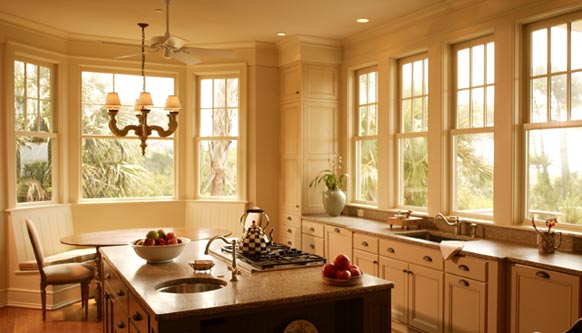
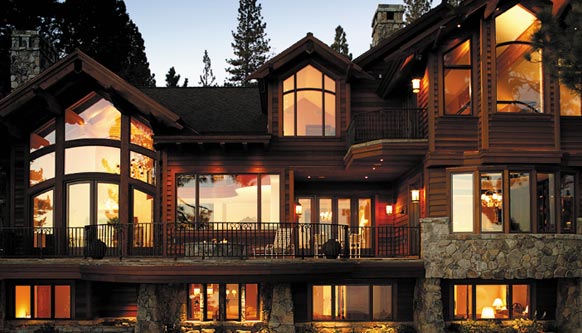
Weather Shield Environmental Stewardship
Weather Shield was recognized by Wisconsin Manufacturers and Commerce with a “Business Friend of the Environment Award” for the company’s innovative pollution prevention and greenhouse gas emission reduction efforts.
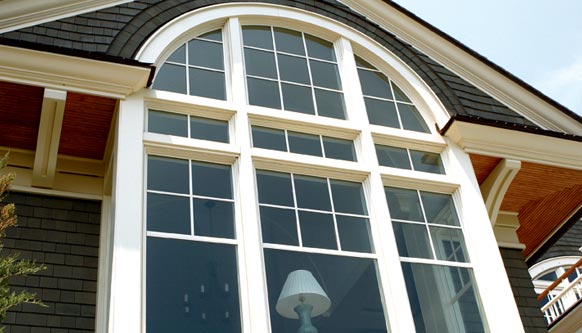
Weather Shield not only encourages environmental stewardship among the building and design community, but it also demonstrates its environmental commitment through company-wide manufacturing practices, such as:
- Recycling of paper, wood, glass, vinyl, chemicals, aluminum and other metals– between 500-600 tons each year.
- Minimizing solid and hazardous waste.
- Incorporating renewable resource utilization practices (raw materials reuse and fuel programs) throughout the manufacturing and logistics processes.
- Training employees in environmental awareness.
- Using low-emitting Volatile Organic Compound (VOC) and Hazardous Air Pollutants (HAP) coatings.
- Meeting or exceeding all applicable environmental standards and regulations.
- Developing and maintaining strong relationships and communications with federal, state and local governmental agencies.


